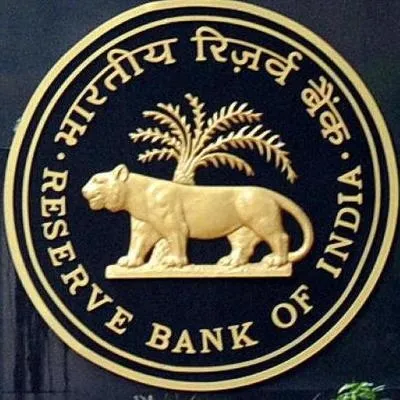How Will RBI’s New Project Finance Directions Protect Banks from Risks?

Synopsis
Key Takeaways
- New provisioning requirements are lower for under-construction and operational projects.
- Guidelines apply prospectively, reducing the impact on credit costs.
- Removal of the six-month moratorium enhances loan structuring.
- Limits on lender participation aim to improve due diligence.
- Increased asset provisioning for under-construction projects addresses inherent risks.
Mumbai, June 26 (NationPress) The Reserve Bank of India’s (RBI) finalized directives on project financing are set to enhance protections against risks in project funding and unify the existing regulations across various regulated entities, as detailed in a recent Crisil report published on Thursday.
These finalized directives, issued on June 19, will take effect starting October 1.
Crisil Ratings Director Subha Sri Narayanan remarked: "In comparison to the draft from May 2024, the final directives simplify the process for lenders. The provisioning requirements are notably reduced, not only for projects currently under construction but also for those that are operational."
Moreover, these guidelines will apply solely on a prospective basis. Consequently, the anticipated impact on credit costs will be significantly less than previously predicted. The elimination of the suggested six-month moratorium limit following the Date of Commencement of Commercial Operations (DCCO) will also favor lenders, as it allows them to tailor loans according to the expected cash flows of the projects.
Additionally, adjustments compared to the current regulations are expected to enhance overall risk management in project financing, according to the Crisil report.
The introduction of caps on both the number of lenders and the individual exposure amounts for projects financed through a consortium will ensure that each lender has a larger stake, promoting proactive due diligence, credit assessment, and risk evaluation throughout the loan duration. This change will facilitate more efficient decision-making due to a reduced number of stakeholders and better alignment of interests.
The new directive establishes a higher baseline standard asset provisioning for projects under construction set at 1 percent and a slightly elevated 1.25 percent for under-construction CRE exposures (which is an increase from the current 0.4 percent to 1.0 percent), with adjustments linked to the DCCO deferment period.
This elevated baseline provisioning will create a distinction between provisioning for under-construction and operational projects, addressing the inherently higher risks associated with the former. It now also directs lenders to increase their provisioning buffer in accordance with the duration of DCCO extensions if the risk profile of a financed project changes, as noted in the report.
Stricter conditions on the permitted cumulative DCCO deferment to sustain ‘Standard’ asset classification have been reduced to a maximum of 3 years for infrastructure projects, regardless of the reason. For non-infrastructure projects, this limit remains at two years.
This may present challenges for lenders facing protracted litigation but allows for earlier identification of stress and the implementation of necessary measures, albeit with increased provisioning, the report concluded.









